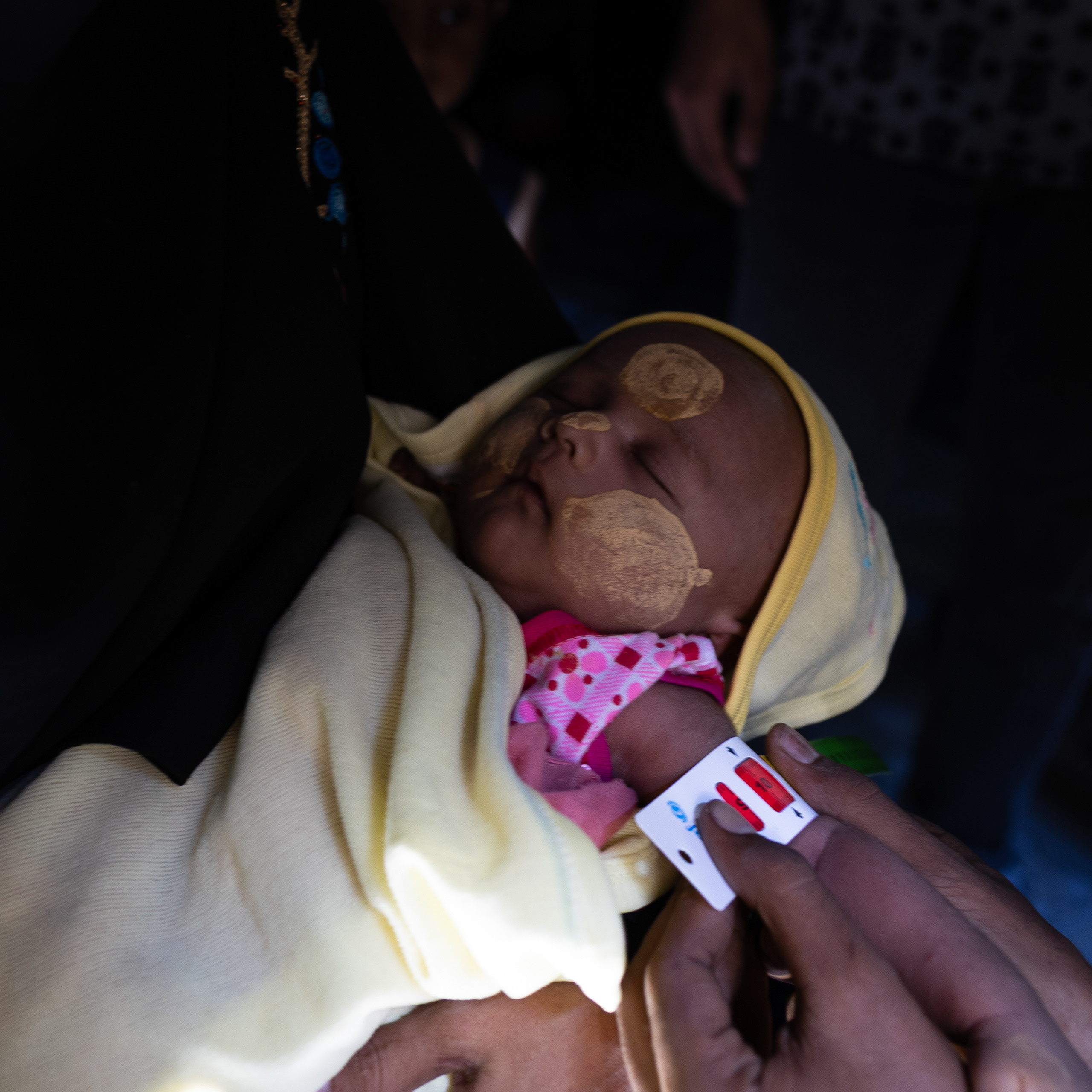
2025
Bangladesh - Rohingya
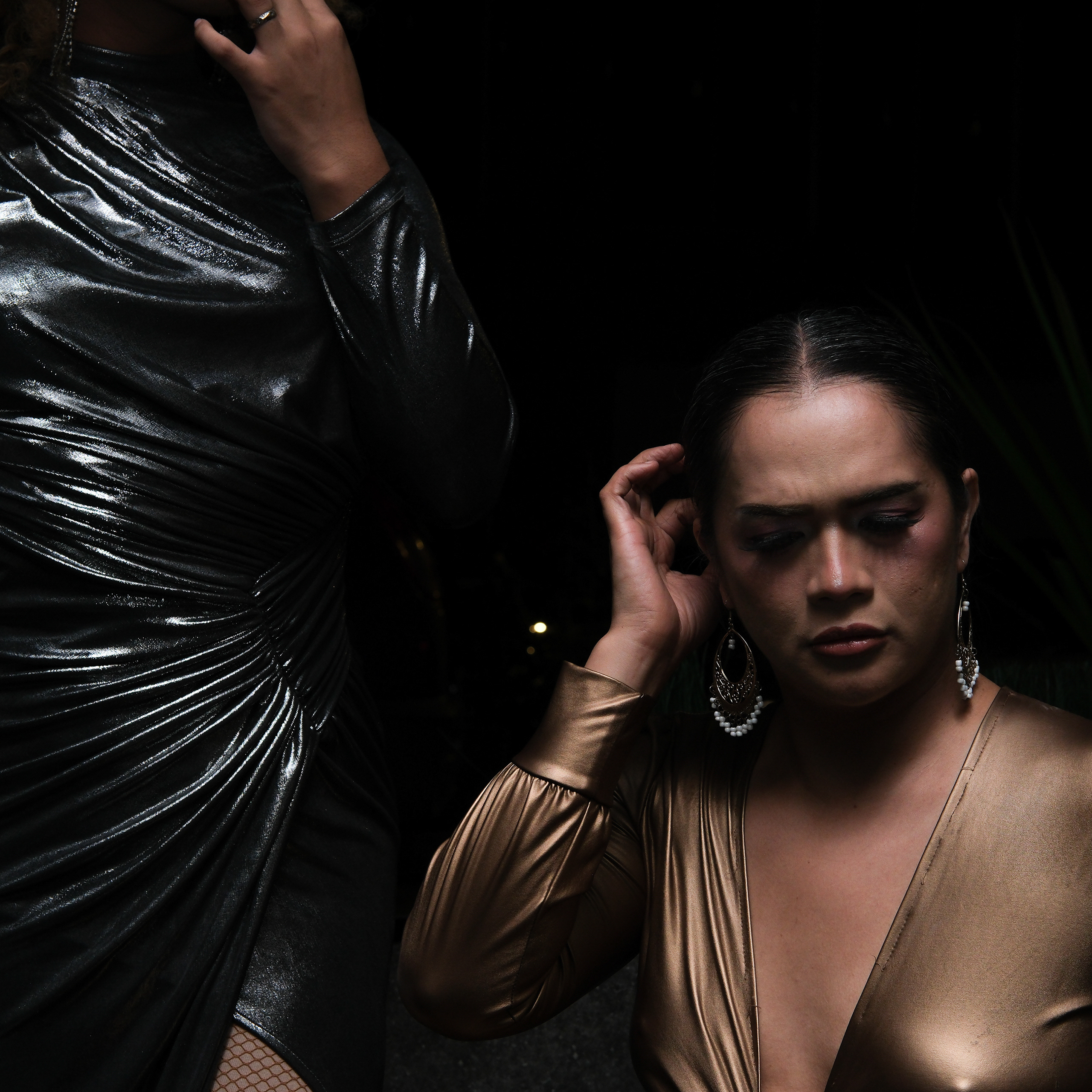
2025
Malaysia - Drag

2025
Spain - High Heel Race

2025
Hungary - Budapest Pride
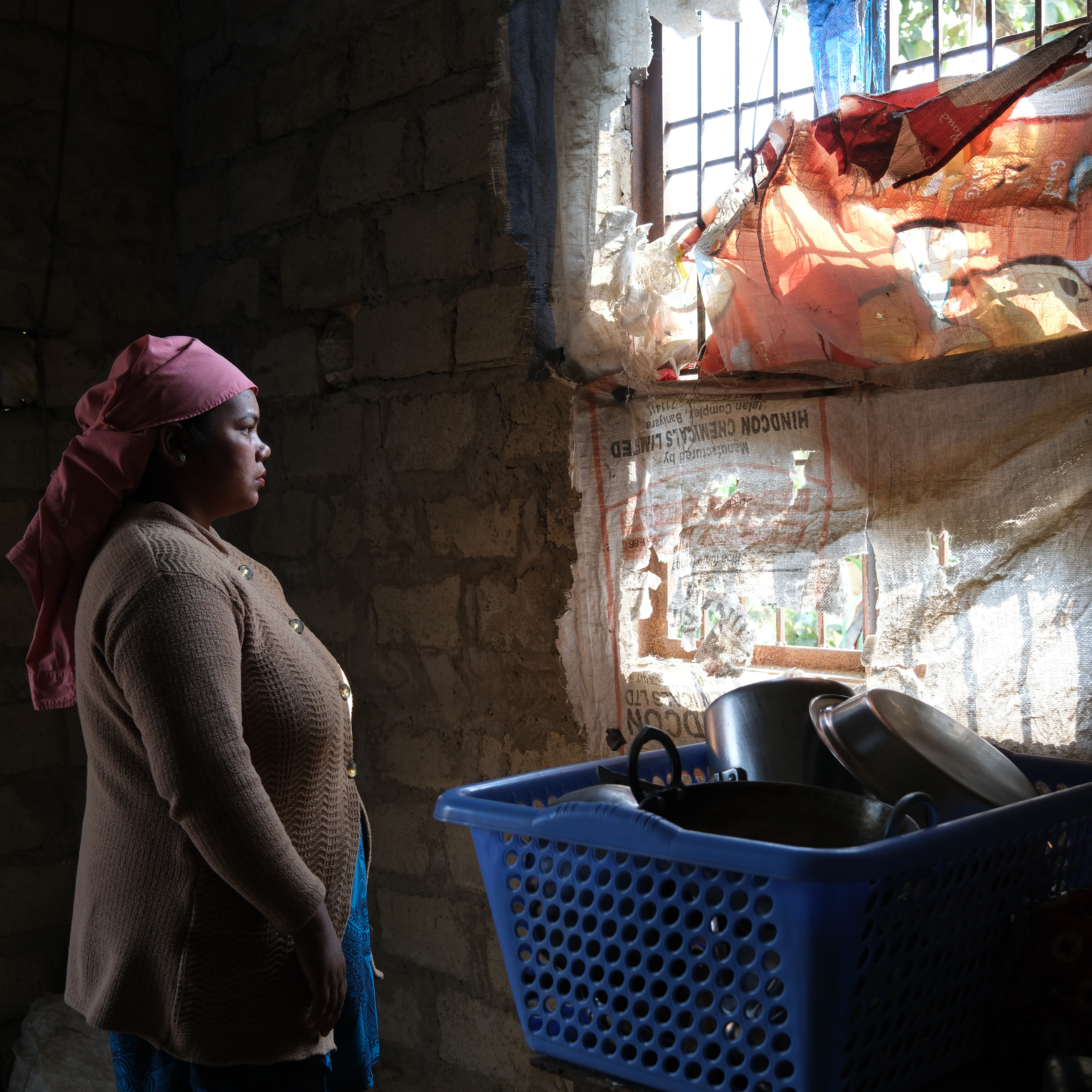
2025
Nepal - Child Marriage
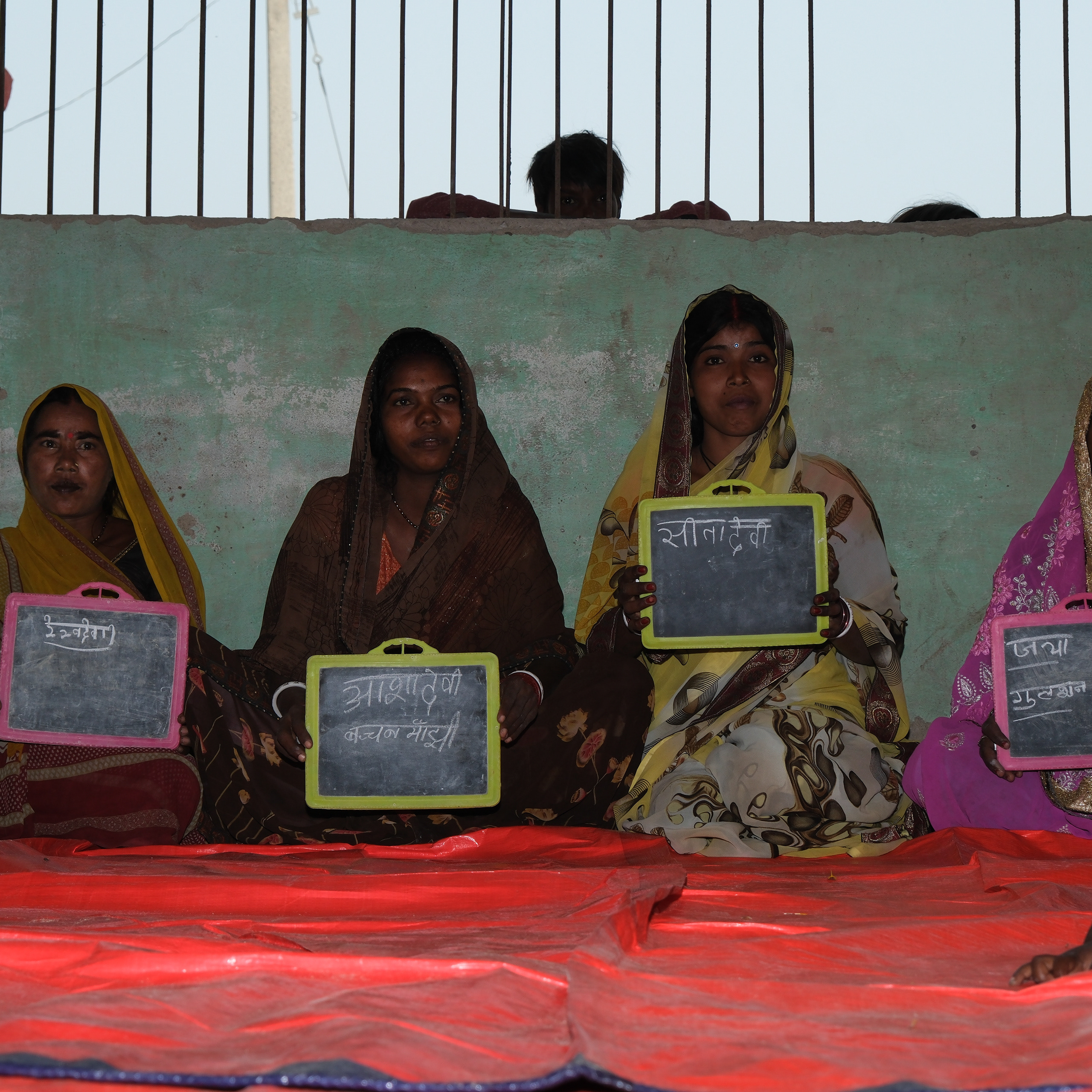
2025
India - Women Agri Collectives

2024
Mexico - Muxe
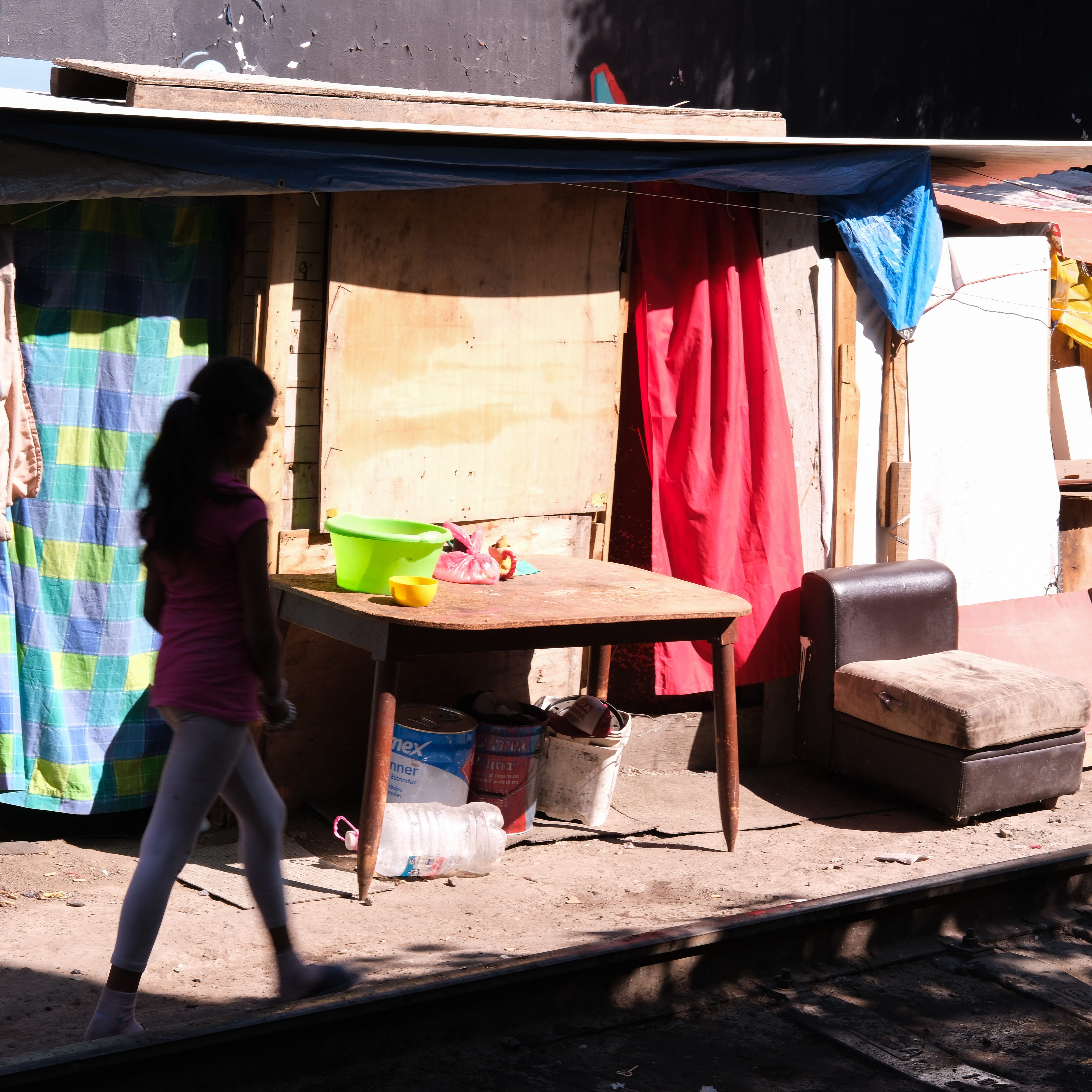
2024
Mexico - Migrants in Limbo
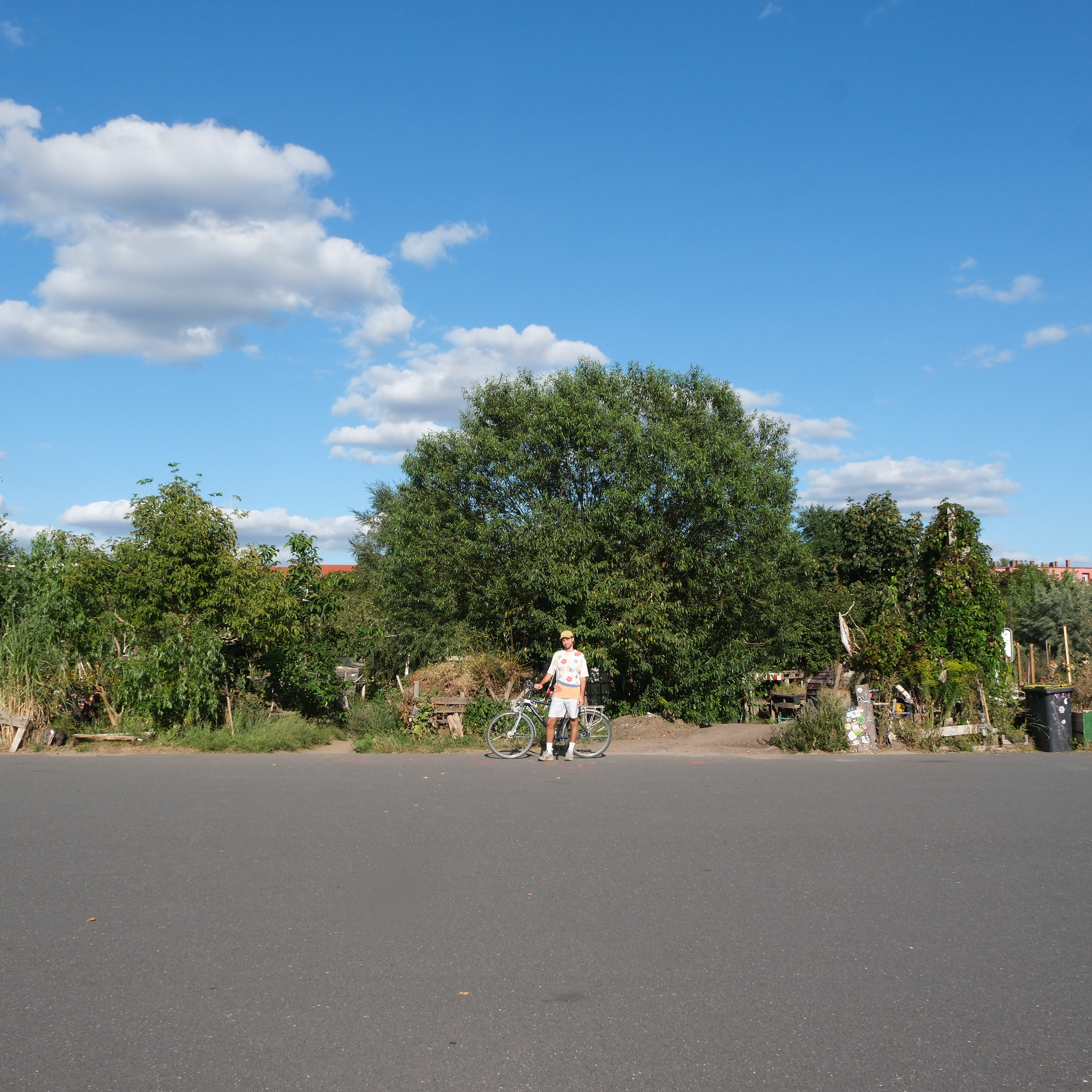
2025
Germany - Berlin Airport Gardens

2025
India - Chess
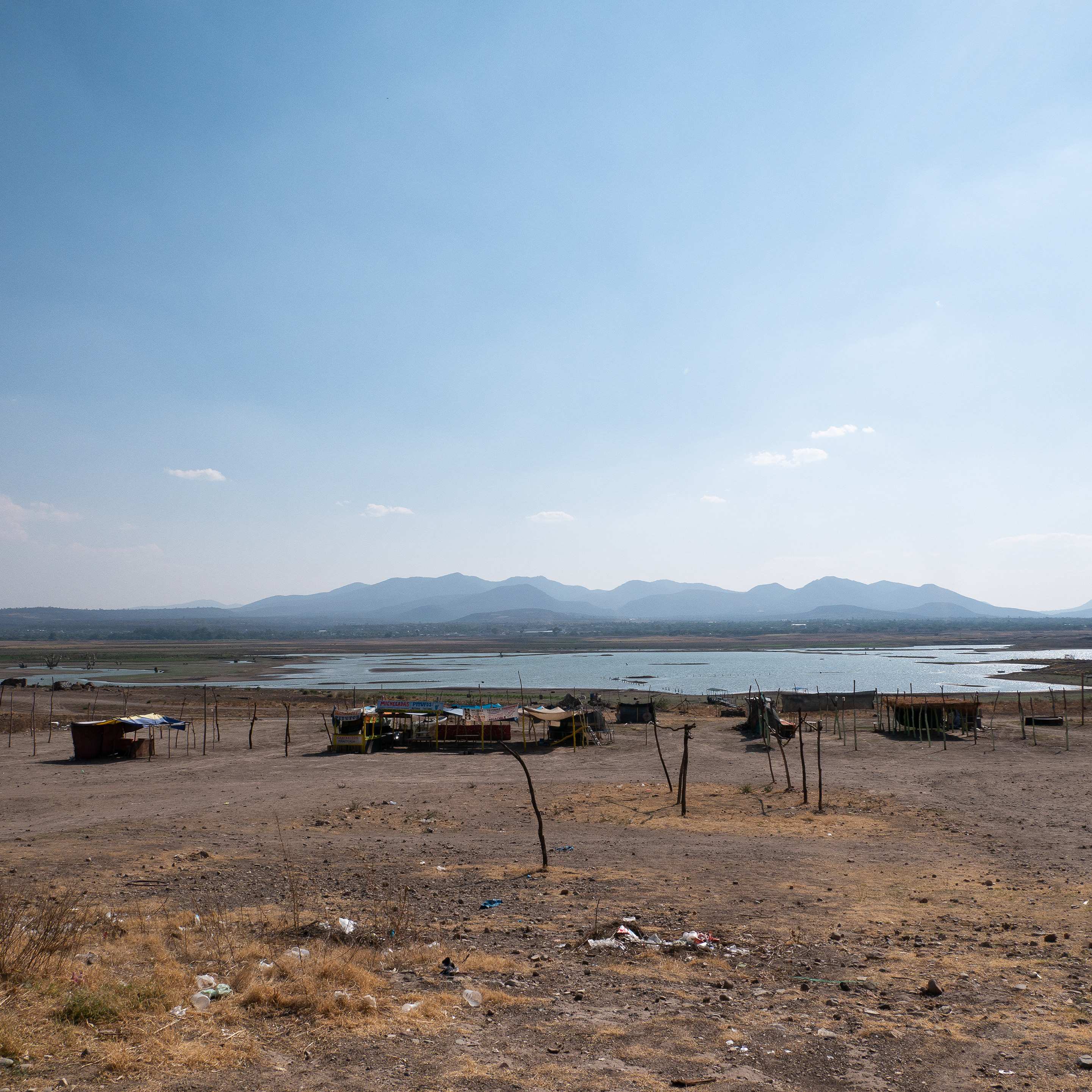
2024
Mexico - AI Environmental Threat
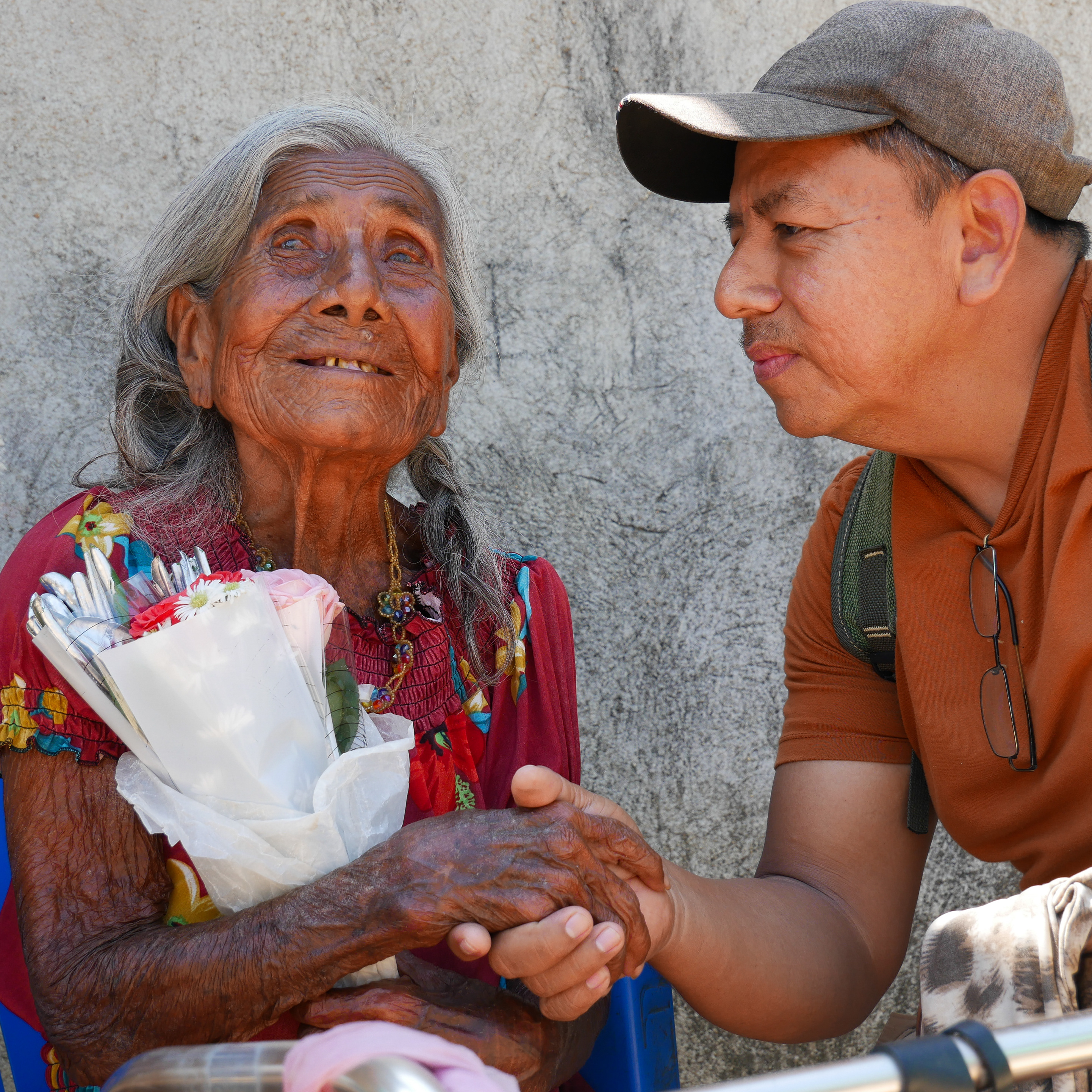
2024
Mexico - Afro-Mexican Future
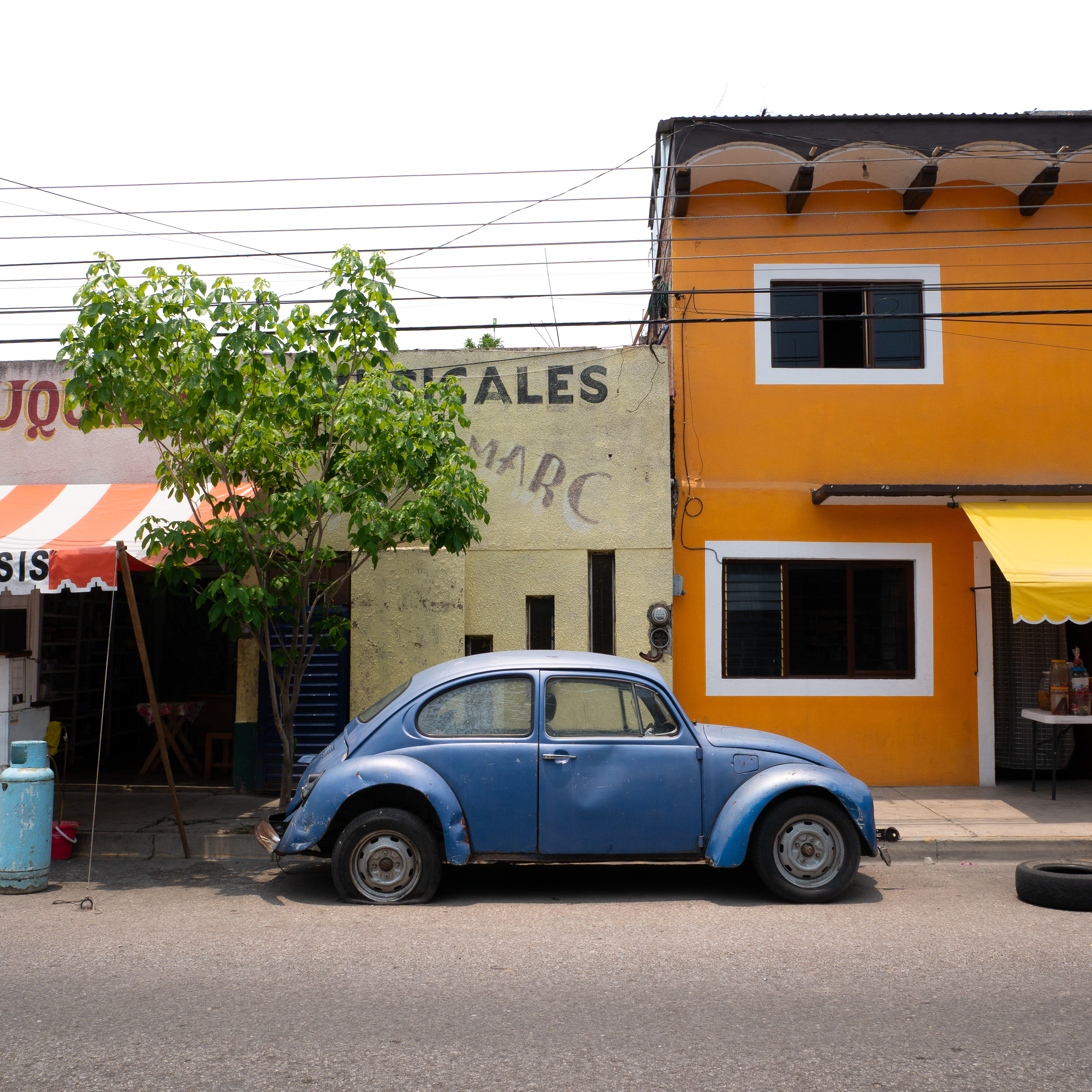
2024
Mexico - VW Beetle
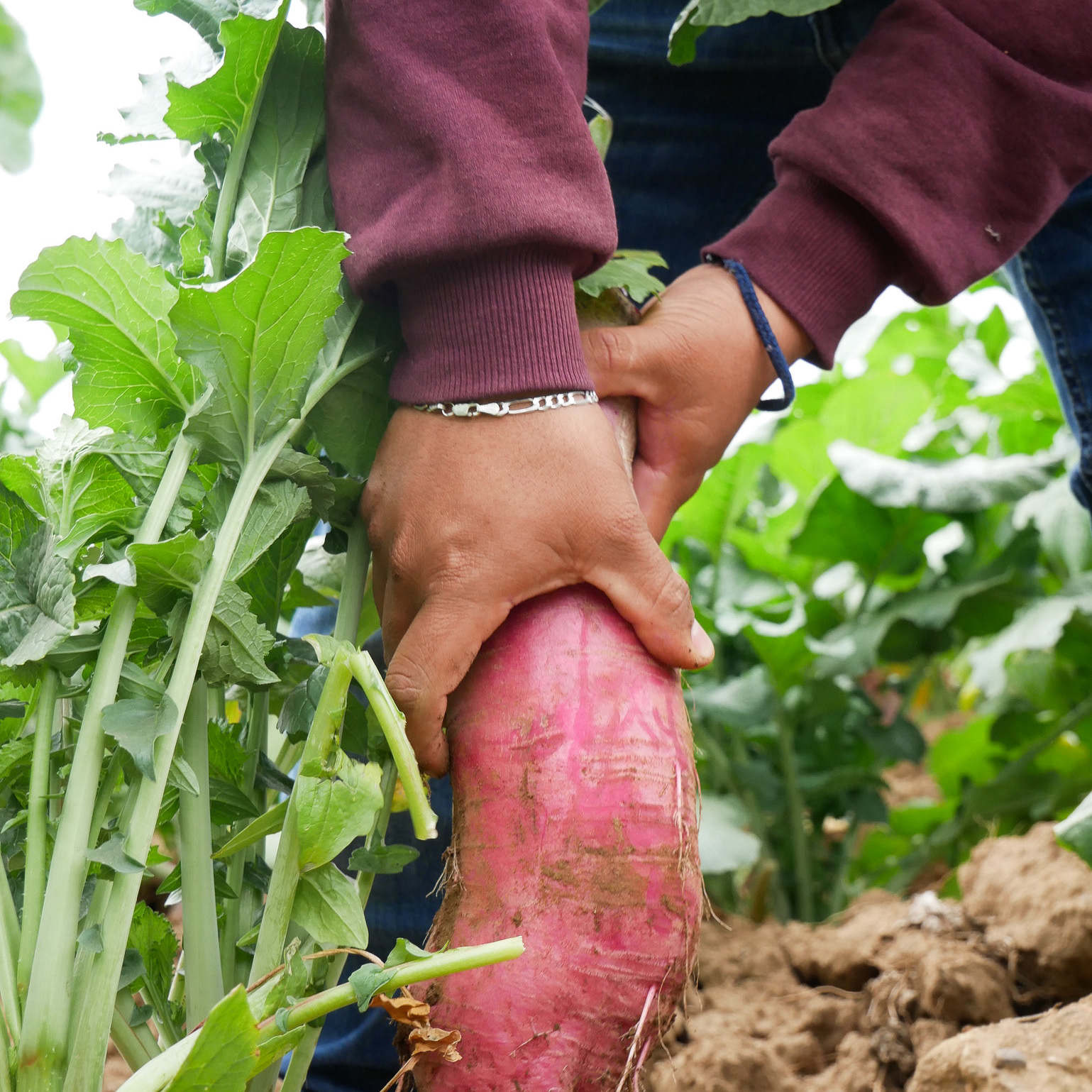
2023
Mexico - Radish Night
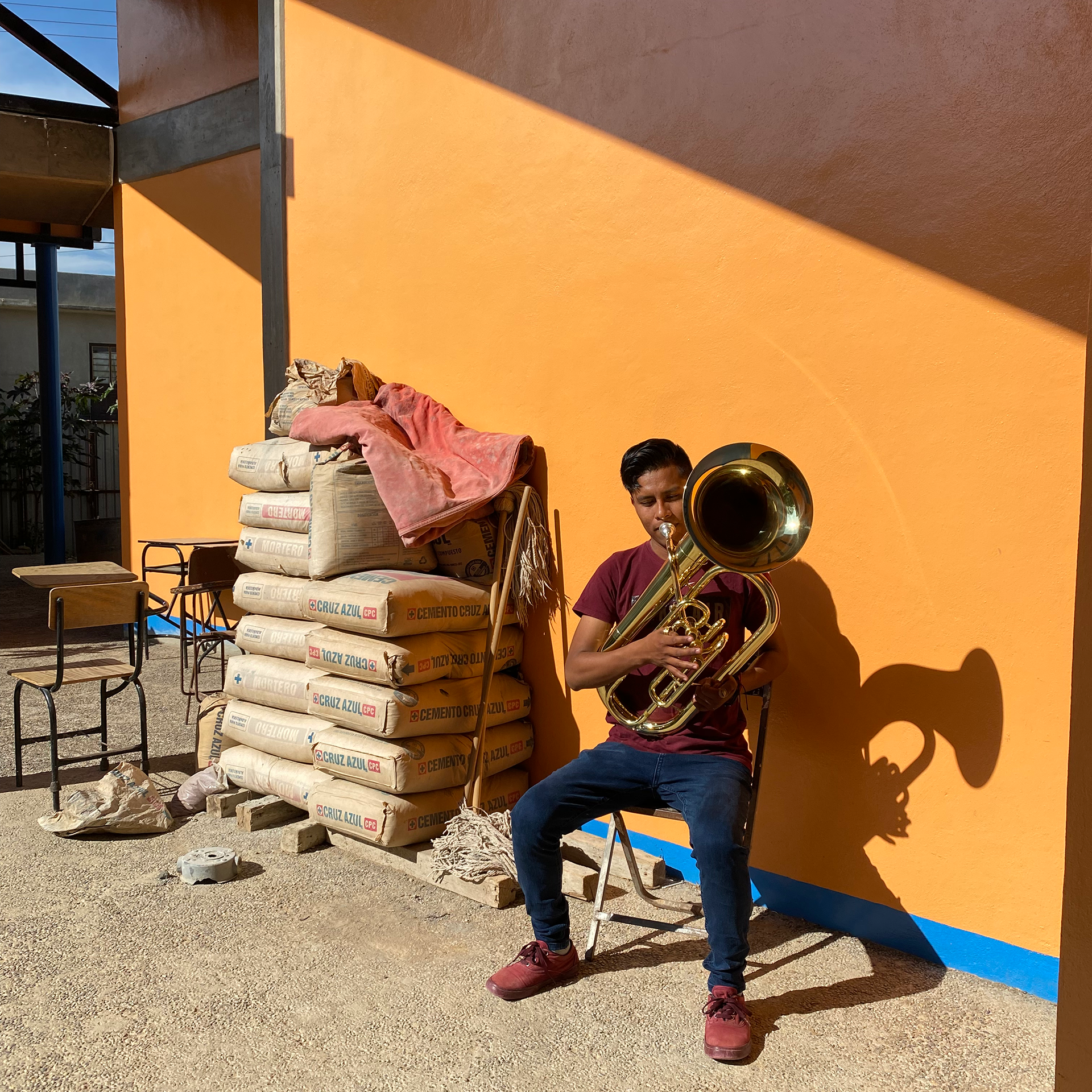
2023
Mexico - Violins for Violence
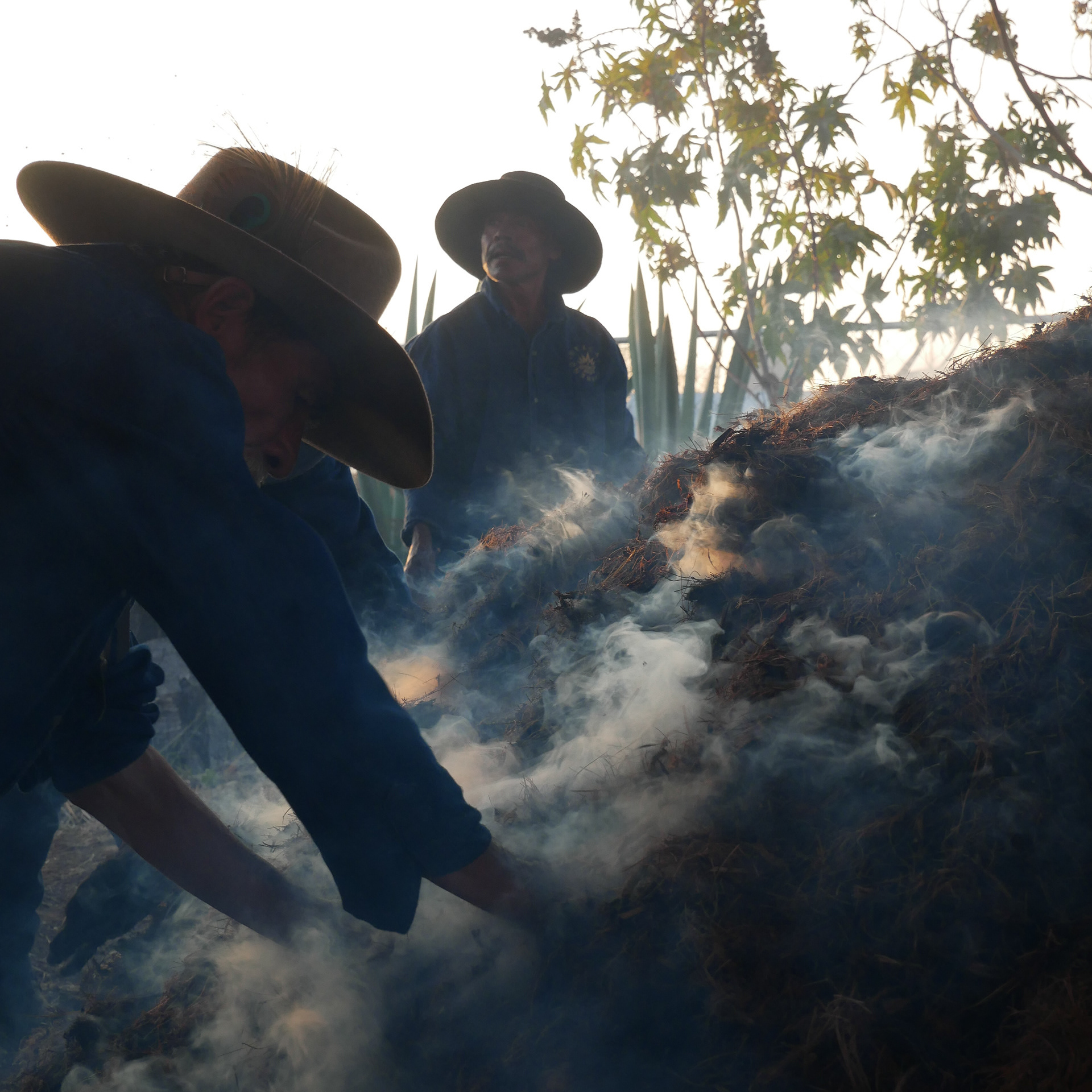
2023
Mexico - Bloodlines of Mezcal